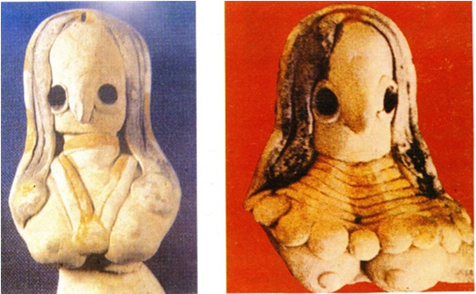Contrary to popular belief, Lorem Ipsum is not simply random text. It has roots in a piece of classical Latin literature from 45 BC, making it over 2000 years old. Richard McClintock, a Latin professor at Hampden-Sydney College in Virginia, looked up one of the more obscure Latin words, consectetur, from a Lorem Ipsum passage,
At village level myths and legends circulated through efforts of professional storytellers called sutras who travelled a lot with painted paper scrolls. Charana bard community of Banaras are tradition singers and story-tellers. The Malas of south India were the story-tellers. A group of mendicant story tellers Santhal Pargana and scroll painters have kept alive a
When we talk about folklore the picture comes to our mind is a grand Ma sitting outside her hut, surrounded by village children, ready to tell some absorbing tales to the children that could be of valour, bravery or example of honesty, and so on. Or village people sitting around a bonfire in evenings to
Folk tales depicts the earliest tradition and culture of the people. Folk literature comprising stories ballads, songs, proverbs and riddles is essentially an oral tradition. Folk tales of different regions in the world represent a way of thoughts, ideas, traditions, manners and customs and even the incidence of wit and wisdom of the people of
The art of tradition of pata paintings developed near temples. This tradition of folk paintings on cloth is largely known as pat, patt, pata, and phad paintings. Pata paintings have religious themes and thus illustrate unity in diversity in India. This establishes the fact that in spite of regional variations there is an all India
Mrugendra Vinod Introduction VEDiC literature is basically oral and hence called Śruti. It was committed to writing to facilitate learning in historical period. Vedic literature is made up of śākhās. Śākhās have Saṁhitā, Brāhmaṇa and Āraṇyaka as names of books. These śākhās have been compiled by the vedācāryas in whose name the texts are specifically
Vasant Shinde IT Is a well-known fact that the Haṛappan civilization that flourished in major part of the north-west Indian subcontinent between 2600 BCE to 1900 BCE (Shinde 2016) laid the foundation of modern India. Most of the Indian traditions and basic knowledge system were introduced in the Indian subcontinent around 7000 BCE. The technology
Shashi Tiwari Abstract The Vedas suggest that the Vedic people were acquainted with the seven rivers and especially with the mighty river Sarasvatī. Vedic mantras present an extraordinary picture of culture, religion, philosophy, economics, polity, ritualistic practices and scientific knowledge of the Vedic people. The description of the mighty Sarasvatī and references related to terms




